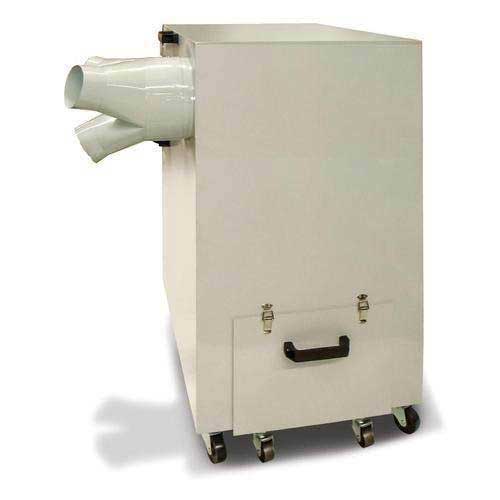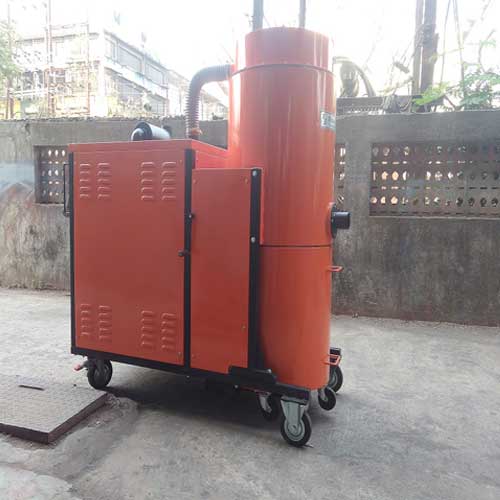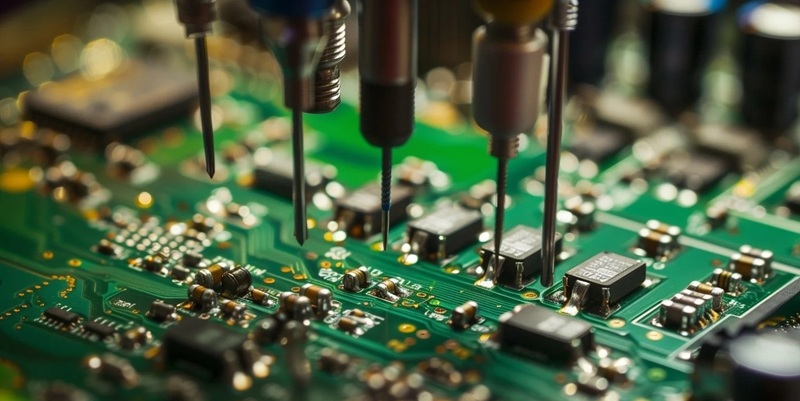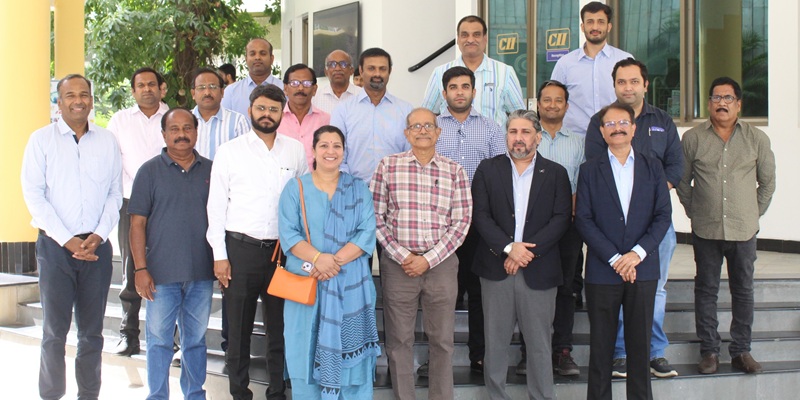Schedule a Call Back
Cleaning precautions
 Technical Articles
Technical Articles- May 01,18

- Substitution: Replace the existing hazard or unsafe work practice with another that is safer.
- Isolation: Reduce risk by separating that which is posing a threat from people, be it by way of a protective screen or barrier around where the water blasting equipment is being operated.
- Engineered control: This refers to the actual physical control measures such as being able to manually control the spray of water or using back out preventers that stop pressurized tools like a high pressure hose from being pushed out the pipe.
- Administrative control: These include options like job rotation so that handling a specific task does not become monotonous as this is when carelessness sets in and mistakes happen.
- Protective gear: This is the clothing and gear that workers would wear so as to minimise risk of any harm or injury to their bodies.
Related Stories

Cleaning precautions
Combijet gives a detailed elaboration on health and safety tips while using water blasting equipment.
Read moreRelated Products

Metal Dust Collector
Fine Fab India offers a wide range of metal dust collector.

Industrial Vacuum Cleaners
Rotamec Engineers offers industrial vacuum cleaners.

PFERD composite brushes
SWIT offers a wide range of PFERD composite brushes















